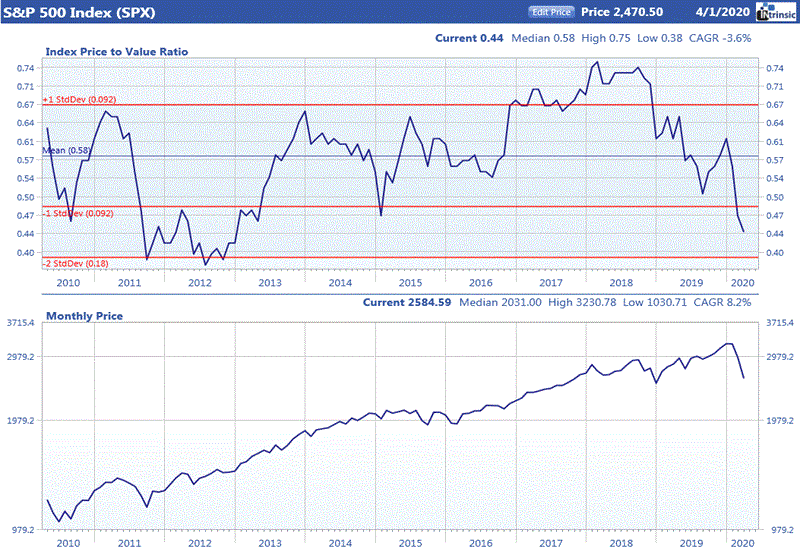Market Briefing
U.S. equity prices fell dramatically in March as the coronavirus pandemic prompted a shutdown in much of the U.S. economy. The decline was exacerbated by a sharp drop in oil prices due to a price war between Saudi Arabia and Russia. Consequently, the markdown of stocks in the energy sector was severe. Economic headlines for the month, which mostly reflected activity prior to the impacts of shutdown, were of lesser interest to the market. Most focus was on the impact of the pandemic as well as the monetary policy and fiscal stimulus being employed to provide liquidity and stability to the economy. In addition to cutting short term rates to zero, the Federal Reserve announced quantitative easing measures and additional lending. Congress worked out a massive fiscal aid package to provide economic relief to individuals and businesses. Despite the broad selloff, higher quality and larger capitalization stocks suffered relatively smaller losses. In addition, stocks that had the highest price gains over the past 3-month to 5-year period had smaller losses in March. Value stocks were the worst performers in the month with p/e ratio, price/cash flow, price/value ratio, and price/sales ranking as the worst stock selection factors. Nearly all the industry groups we track had negative average price changes for the month. Food stores and food producers benefitted from the rush of consumers to load their pantries in response to stay at home guidelines. The worst performing groups were in the oil sector and restaurants and lodging.
Value of the Market

